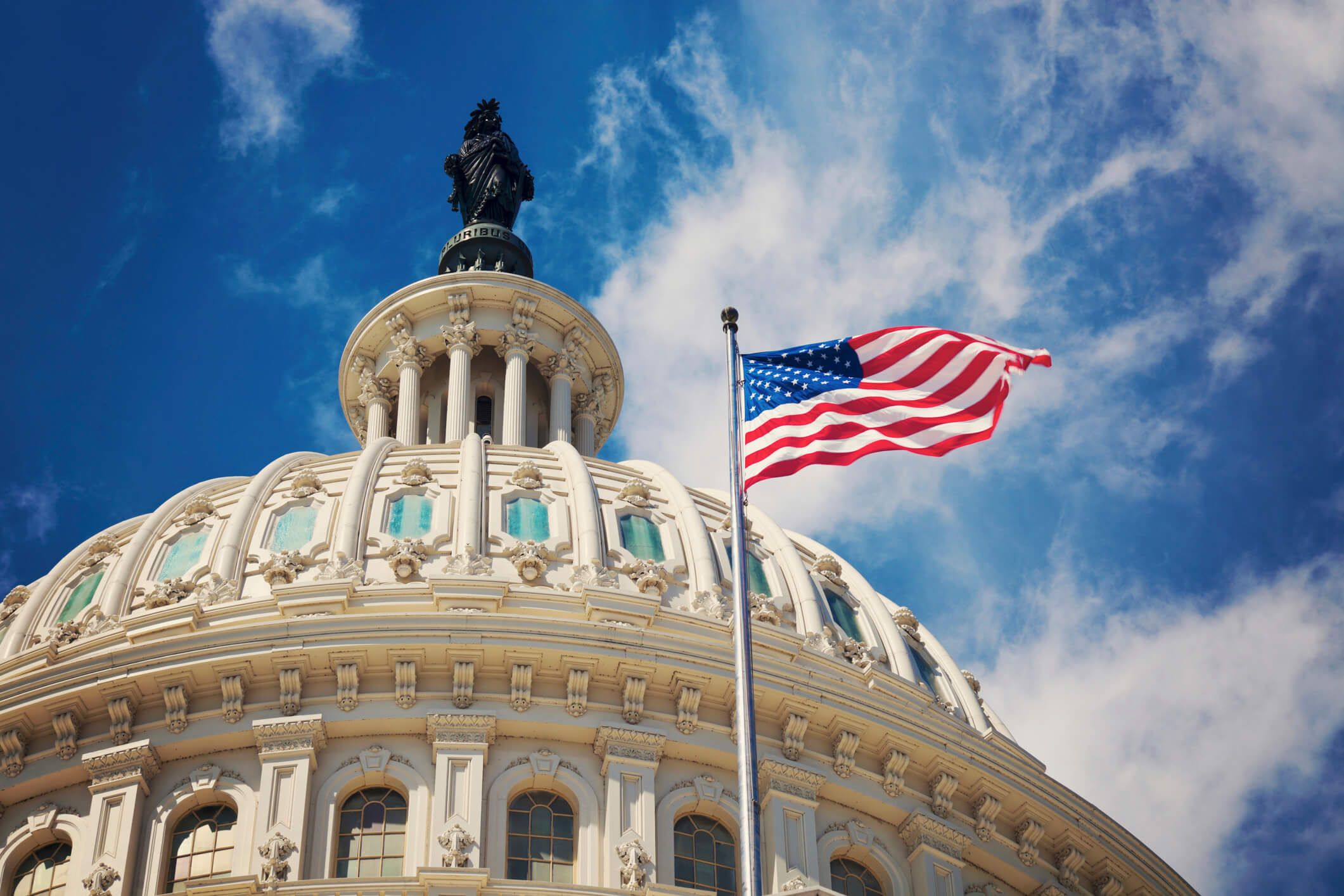Doing business with the United States federal government can be very lucrative, but it comes with a price. That price arrives in the form of reporting obligations, recordkeeping, outreach, and much more. Failure to comply with all applicable regulatory requirements can also have steep consequences, so it is very important for federal contractors to ensure they are doing all that is required.
Companies are sometimes unaware that they are a covered contractor or subcontractor and, thus, find themselves unprepared for an Office of Federal Contract Compliance Programs (OFCCP) compliance review. In an effort to better prepare for these types of situations, this article is intended to provide some practical information and resources about federal contractor thresholds and where to look for federal contracts.
Money Talks (and So Do Employee Numbers)!
Executive Order 11246 and the regulations applicable to individuals with disabilities and protected veterans apply to supply and service contractors and subcontractors as well as construction contractors and subcontractors (although the obligations for construction contractors are slightly different than those for supply and service contractors/subcontractors).
Companies with federal contracts or subcontracts totaling more than $10,000 are subject to Executive Order 11246. Covered contractors with 50 or more employees and at least one government contract or subcontract of $50,000 or more must develop, maintain, and annually update a written affirmative action program (AAP) for minorities and women. More information can be found in OFCCP’s regulations at Title 41, Chapter 60, Parts 1 and 2.
Section 503 of the Rehabilitation Act of 1973 addresses obligations with respect to individuals with disabilities. Section 503 applies to companies with federal contracts or subcontracts in excess of $15,000. Covered contractors with 50 or more employees and at least one government contract or subcontract of $50,000 or more must develop, maintain, and annually update a written AAP for individuals with disabilities. More information about Section 503 can be found in OFCCP’s regulations at Title 41, Chapter 60, Part 741.
The Vietnam Era Veterans’ Readjustment Assistance Act of 1974 (VEVRAA) addresses obligations with respect to veterans. VEVRAA applies to companies with a federal contract or subcontract of $150,000 or more. Covered contractors with 50 or more employees and at least one government contract or subcontract of $150,000 or more must develop, maintain, and annually update a written AAP for covered veterans. More information about VEVRAA can be found in OFCCP’s regulations at Title 41, Chapter 60, Part 300.
OFCCP created an infographic that assists contractors in navigating the different thresholds for coverage under Executive Order 11246, Section 503, and VEVRAA. The infographic was last updated in January of 2016 and is available on OFCCP’s website.
Free Online Resources to Help Analyze Coverage
Companies that want to conduct a preliminary search of existing federal contracts can utilize a number of free online resources offered by the federal government. These include, but are not limited to, the following websites:
- System for Award Management (SAM) – SAM allows companies to search by name and/or a Data Universal Numbering System (DUNS) number. Results can provide valuable search information, such as a DUNS number (if not known already), status information (active/inactive), business information, company contact information, North American Industry Classification System (NAICS) numbers and descriptions, and much more. Using this website to obtain a DUNS number can also make searching other websites more efficient.
- Federal Procurement Data System (FPDS) – FPDS can be searched using a company name or DUNS number. Results can include the company name and location information, dates that the contracts were signed, parent company information, contract amounts, the contracting agency, and more. The results page also provides a link to more detailed information about the employer, the contracting agencies, and contract specifics such as the type of contract, effective and completion dates, what product or services are being contracted for, competition information, etc. Companies that are unsure if they have a contract or subcontract meeting the monetary threshold for coverage will find this website very helpful.
- USASpending.gov – USASpending can be searched using a company name, DUNS number, award number, or keyword. Search options can be further refined by specific types of spending (contracts, grants, loans, or other financial assistance) and the fiscal year in which the spending occurred. Results can include the company name, award ID, award amount, award type and date, contracting agency, legislative mandates (which identify whether the McNamara-O’Hara Service Contract Act of 1965, the Walsh-Healey Public Contracts Act of 1936, or the Davis-Bacon Act of 1931 applies to the contract), and more. The results can provide even more details such as historical information, the product or service being contracted for, the place of performance, detailed contract amounts and information, etc. As with FPDS, companies that are unsure if they have a contract or subcontract meeting the monetary threshold for coverage will find the USASpending website to be very helpful.
- The United States Department of Labor (DOL) has two separate websites that show whether OFCCP or other federal agencies have audited, cited, or closed matters related to specific facility locations in the past. These include the DOL’s Data Enforcement website and the DOL’s National Pre-Award Registry website. Unlike FPDS and USASpending, these two websites will not provide specific contract information; rather, these websites provide the results of investigations and completed audits. Such information can be helpful in determining whether coverage existed previously and what types of issues were investigated, and absent a change in circumstances from the prior investigation or audit, a company may be able to more easily determine current coverage.
- One of the results displayed when searching for a company on the United States Citizenship and Immigration Services’ E-Verify website is whether the company has designated itself in the past as a federal contractor. Although this will not provide any contract-specific or past audit information, a “yes” result identifies that a company has notified the government via other means or filings that it is a federal contractor.
Note that just because a company is listed on any of the above websites does not mean it is automatically covered by some or all federal contractor regulations. These websites, and others like them, simply provide companies with a resource to determine what contracts may exist so that an analysis can be completed in light of federal contractor coverage thresholds.
After a company determines it is a federal contractor and is covered by Executive Order 11246, Section 503, and/or VEVRAA, the next step will be to get a handle on the specific obligations that exist and whether current processes need to be revised to meet those requirements. Be aware that once a notice of a compliance evaluation is issued, the contractor will be required to show compliance with all applicable regulations for 12-24 months back from the date of the scheduling letter. Federal contractors may want to prepare for such requests and keep compliance information and documents up-to-date and readily available if and when a compliance review is initiated.
This article was originally published in the March 2017 issue of The OFCCP Digest, which is produced by the LocalJobNetwork.com.





